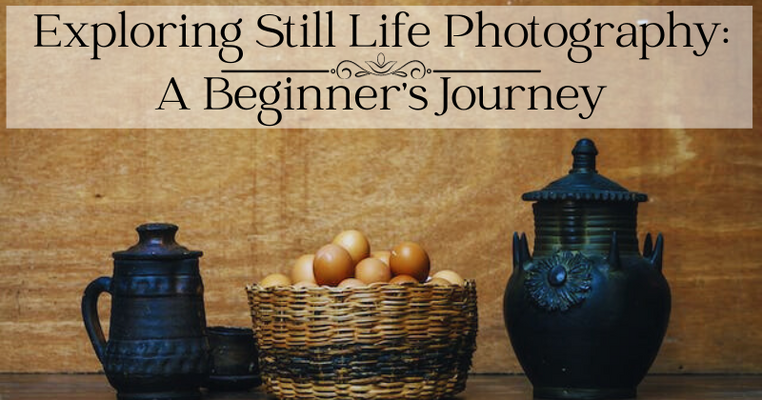Ever wondered about the magic behind those captivating still life photos that tell stories without a single word? Well, you're in for a treat! Still life photography, the art of capturing everyday objects in a compelling way, is not just for the pros. In fact, it's an excellent starting point for beginners, offering endless opportunities to unleash your creativity. In this guide, we'll take a friendly stroll through the basics of still life photography, breaking down the essentials and offering practical tips to help you get started on your own creative adventure.



Understanding Still Life Photography
First things first, what exactly is still life photography? It's all about arranging and photographing non-living subjects, transforming ordinary items into extraordinary works of art. Think fruits, flowers, or even your favorite coffee mug – the possibilities are as vast as your imagination.
Essential Equipment
Don't worry; you don't need a Hollywood-level setup to dive into still life photography. A decent camera (even your smartphone will do!), a tripod for stability, and some natural light from a nearby window are your best friends. If you want to level up, consider investing in a good lens and basic lighting equipment to enhance your shots.Composition and Arrangement
Now, let's talk about the heart of still life photography – composition. Imagine your frame divided into nine equal parts like a tic-tac-toe grid. The rule of thirds suggests placing your main subjects at the intersections or along the lines, creating a visually pleasing balance. And don't be afraid of empty spaces; they can add a touch of elegance and focus to your composition.
Mastering Lighting Techniques
Lighting is the secret sauce that can turn an ordinary setup into a breathtaking masterpiece. Experiment with different types of light – soft, diffused light for a gentle touch, or harsh sunlight for dramatic shadows. Remember, where you place your light source matters; try side lighting to bring out textures or backlighting for a magical aura around your subjects.Post-Processing and Editing
After capturing your shot, a bit of post-processing can elevate your image to the next level. Don't worry; you don't need to be a Photoshop whiz. Simple adjustments like tweaking brightness, enhancing colors, and sharpening details can be done with user-friendly software like Lightroom. Think of it as adding the final brushstrokes to your masterpiece.

